Valverde Palácio de Seteais
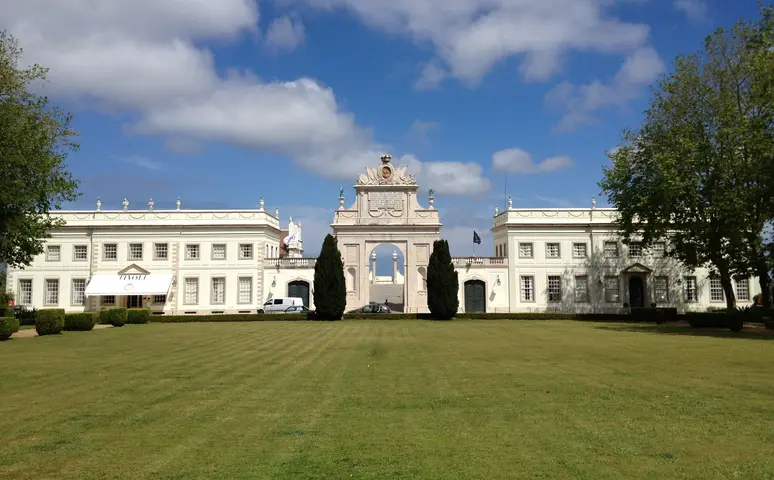
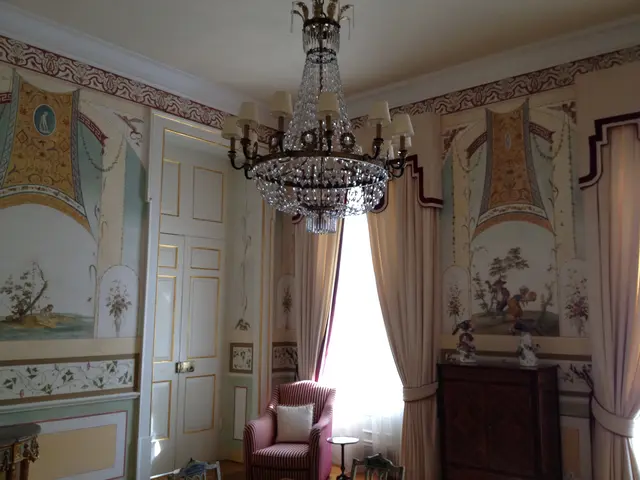
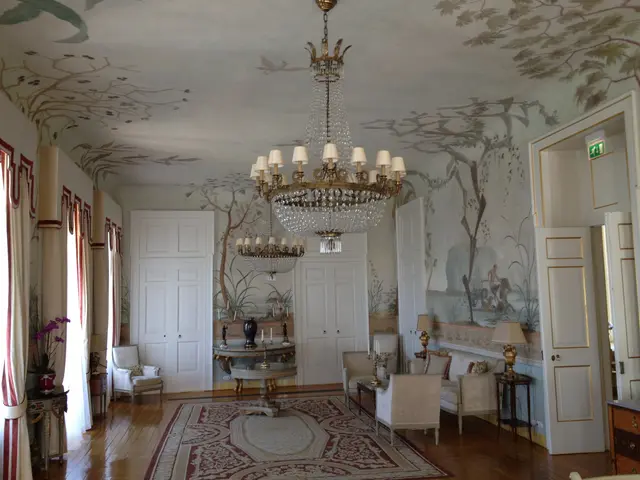
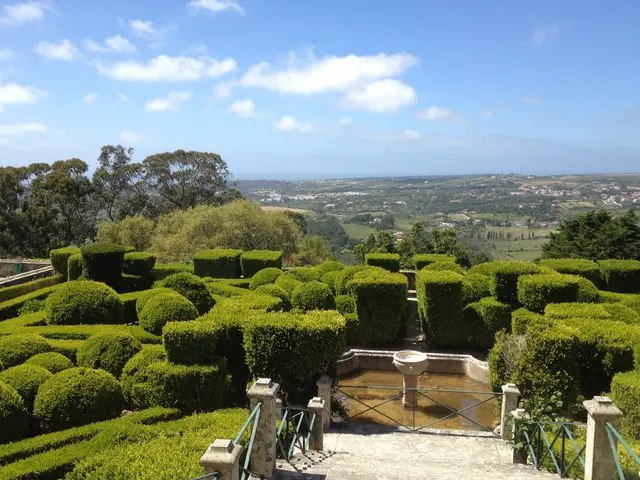
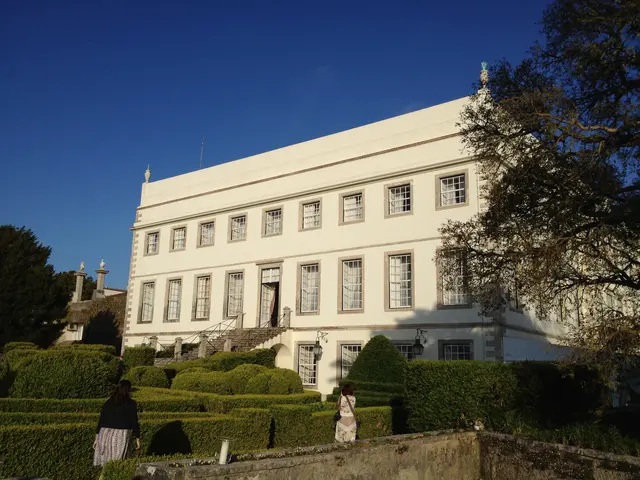
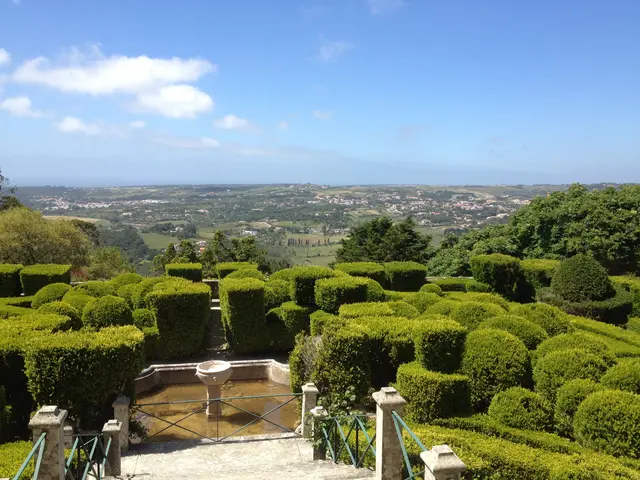
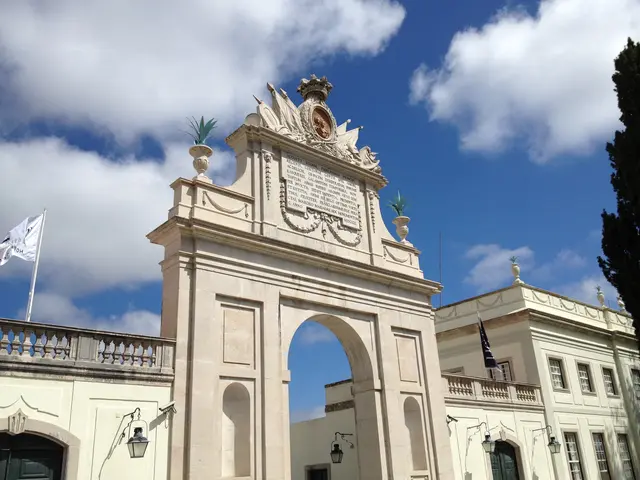
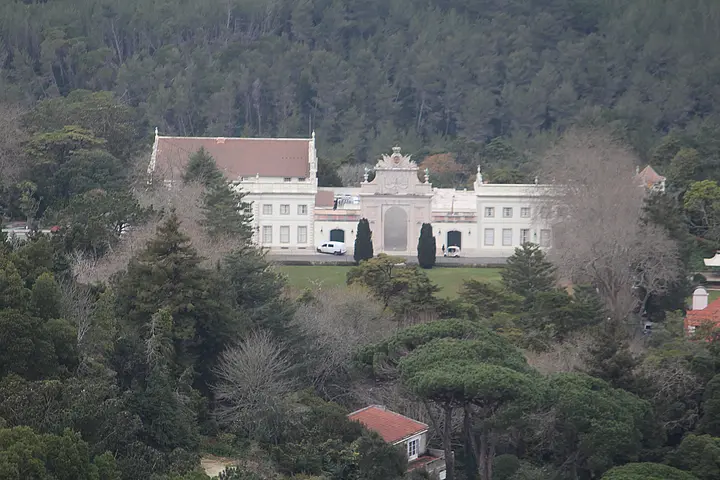
Introduction
Palácio de Seteais in Sintra draws us in with its neoclassical grace, grand archway, and legendary tales echoing through lush gardens. Built in the late 1700s for a Dutch consul, this palace has hosted nobility, artists, and curious visitors ever since. Today, Seteais offers cultural tourists, educators, and history buffs not just a glimpse of aristocratic Portugal, but a living experience where past and present blend gracefully.
Historic Highlights
🏛️ Dreams, Music, and the Origins
Palácio de Seteais began as the vision of Daniel Gildemeester, a wealthy Dutch consul, who named his Sintra retreat "Quinta da Alegria"—the Estate of Joy. Construction started in 1783, with renowned guests like William Beckford attending its 1787 inauguration. Gildemeester adored music so much that he kept a resident violinist, ensuring melodies filled every corridor, no matter the hour.
Neoclassical lines and elegant frescoes made the palace a jewel among Sintra’s estates.“Music was never lacking.”
— Contemporary account, 1787 inauguration
🏰 The Triumphal Arch and Aristocratic Splendor
In 1797, Seteais was purchased by the Marquês de Marialva, who soon enlarged the estate, forming its signature U-shape and commissioning the striking triumphal arch in 1802. This Roman monument, adorned with royal arms, celebrated a visit by the Prince Regent—later King João VI—and unified the palace’s façade.
Through the arch, guests glimpsed the distant towers of Pena Palace, linking eras and vistas.“With the new owner, Dom Diogo... came the golden age of Seteais.”
— Valverde Palácio de Seteais
🌿 Decline, Rediscovery, and Enduring Legends
The 19th century brought decline: Seteais changed hands, salons emptied, and wild ivy borrowed its walls. Yet, the local spirit persevered, weaving the legend of “seven sighs”—or "sete ais." One whimsical tale claims the Marquês staged echoing cries by stationing servants across his vast grounds, astounding visitors with the magic of sound.
Visitors today still hear whispers of these stories as they walk the gardens and admire the palace’s Romantic aura.“Ai!... Ai!... Ai!... Ai!...”
— Legend of Seteais
🏨 Modern Revival: Palace of Culture and Hospitality
The Portuguese state rescued Palácio de Seteais in 1946, recognizing its unique cultural value. Architect Raúl Lino led a loving restoration, transforming Seteais into a hotel “where guests feel in the house of a great nobleman of very good taste.” Careful attention preserved original frescoes, woodwork, and classical charm. Today, under Valverde’s stewardship, Seteais thrives as both a protected national monument and a beacon of Sintra’s heritage, hosting locals for high tea, festivals, and concerts in grand style.
💡 Visitor Tip
Stroll through the palace gardens at sunset: the view of Sintra Valley framed by the triumphal arch is as magical as the legends promise—and don’t miss the famed “Chá das Rainhas” afternoon tea.
Timeline & Context
Historical Timeline
- 1783 – Site acquired by Daniel Gildemeester; palace construction begins.
- 1787 – Inauguration of Palácio de Seteais as Gildemeester’s neoclassical estate.
- 1793 – Gildemeester dies; his heirs sell the property.
- 1797 – Marquês de Marialva purchases Seteais.
- 1801–1802 – Major expansion; triumphal arch completed honoring royal visit.
- 1803 – Marialva dies; palace enters decline through 19th century.
- 1946 – Portuguese government purchases Seteais; begins restoration led by Raúl Lino.
- 1955 – Seteais reopens as a protected luxury hotel; heritage safeguarded.
- 1995 – Inscribed as part of UNESCO World Heritage Sintra site.
- 2023 – Valverde group assumes stewardship; major investment pledged.
From Enlightenment Vision to Noble Grandeur
Palácio de Seteais exemplifies the transition from Enlightenment ideals to Romantic nostalgia in Portugal. Conceived by Daniel Gildemeester as a rational, harmonious neoclassical retreat, the estate embodied the Age of Reason’s love for proportion and natural beauty. Its original design, likely realized by Francisco Leal Garcia, showcased symmetry and restraint, softened by French-inspired frescoes that bridged Baroque exuberance with neoclassical taste. The palace’s inauguration was itself a cultural milestone, gathering luminaries and reflecting Sintra’s cosmopolitan allure.
Neoclassicism, Royal Visits, and the Iconic Arch
The Marquês de Marialva’s acquisition and expansion marked Seteais’ elevation to aristocratic splendor. The addition of a mirror wing and the triumphal arch—almost certainly influenced by renowned architect José da Costa e Silva—transformed the house into a statement of neoclassical power and royal favor. The arch, both a literal and figurative gateway, connected the palace to Sintra’s broader courtly landscape, capturing the era’s fascination with classical Rome. Interiors were refurbished in fashionable Empire and Rococo styles, turning Seteais into a model of period luxury and hospitality.
Decline amid Romanticism and the Sintra Mythos
Despite its “golden age,” Seteais soon slipped into neglect, paralleling shifts in Portuguese society as old aristocratic lines faded. Yet, decline dovetailed with the Romantic movement: Sintra became a mythic haven for poets, artists, and travelers. Even in disrepair, Seteais inspired awe—its silhouette and setting became part of Sintra’s storied landscape. Local legends like the “seven sighs” wove the palace into the community’s shared memory. This intangible heritage, nurtured by generations of locals, infused the site with layers of meaning beyond its walls.
Heritage Rescue and Adaptive Reuse
The 20th-century rescue of Seteais is a landmark in heritage policy. Recognized as an “Imóvel de Interesse Público,” the palace benefited from a pioneering restoration under architect Raúl Lino. His emphasis on authenticity—preserving frescoes, acquiring period furnishings, and blending old with new amenities—anticipated present-day best practices in adaptive reuse. The result is rare: a living monument where the aristocratic spirit coexists with modern function, applauded by UNESCO as a model of preservation with minimal loss of authenticity.
Cultural and Socioeconomic Impact
Seteais’ complex social role is defined by its blend of legend, landscape, and economic vitality. Rooted in Sintra’s golden age as an elite estate, the palace evolved into a node of community identity, a venue for civic pride, and a catalyst for local employment. Modern initiatives—such as open-air concerts, heritage teas, and support for regional producers—bind Seteais to Sintra’s economy and everyday life. The palace continues to cultivate local traditions, celebrate Portuguese hospitality, and serve as an educational touchstone for both visitors and residents.
Comparative Lens: Seteais among Sintra’s Palaces
In context with peers like Queluz and Monserrate, Palácio de Seteais stands as a paragon of Portuguese neoclassicism. While Queluz reflects late-Baroque royal exuberance and Monserrate embraces Romantic eclecticism, Seteais occupies a pivotal place as Sintra’s “classical interlude.” It illustrates the 18th-century shift toward Enlightenment rationalism, before the full flowering of Romanticism rendered Sintra legendary for whimsy and imagination. The balanced design, use of the triumphal arch, and connection to Enlightenment values distinguish Seteais as a rare local synthesis of European trends and Portuguese identity.